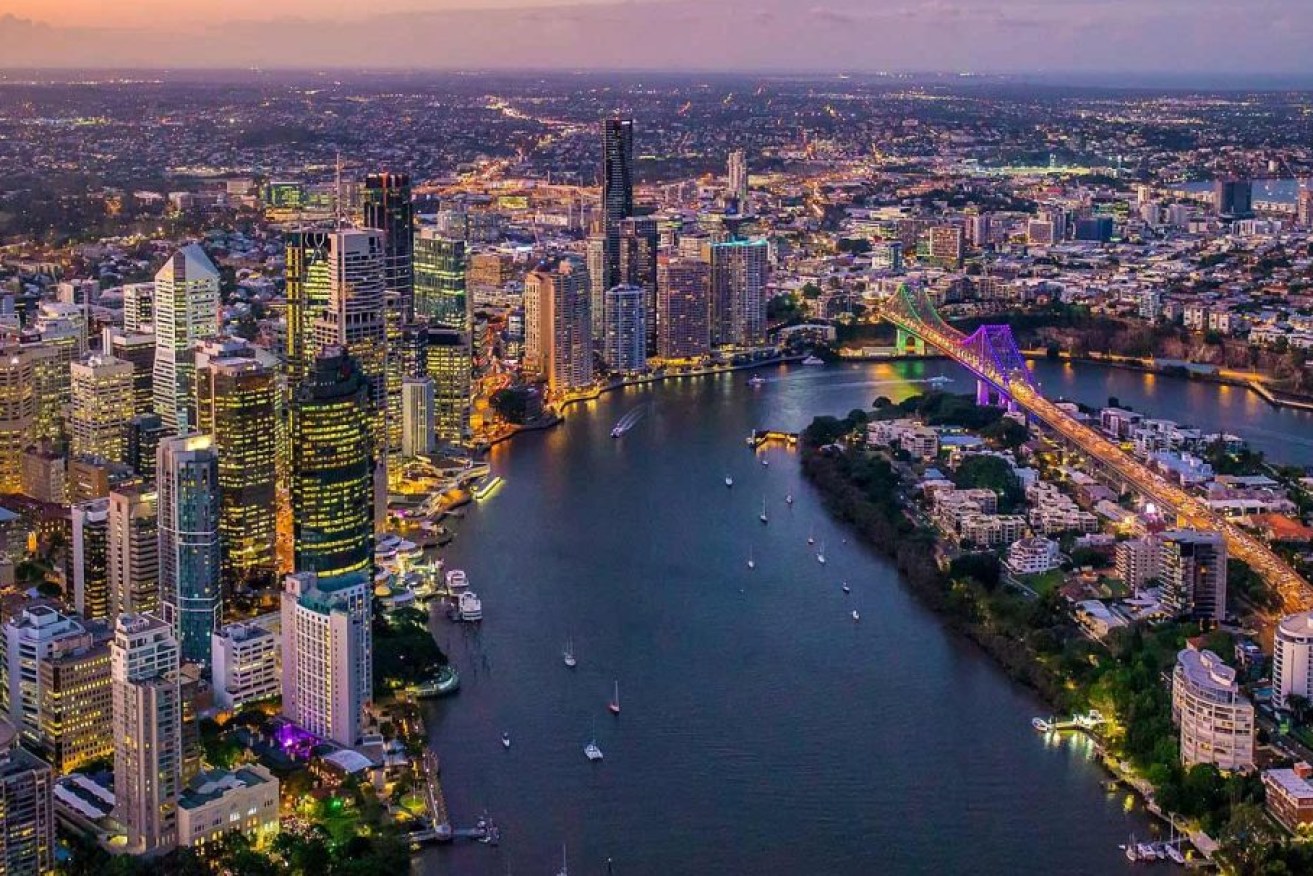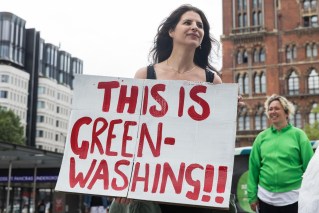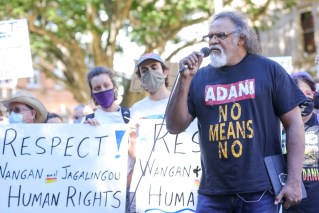How working from home is winning fight but hollowing out CBDs, wrecking retail
The work-from-home phenomenon was clearly winning the fight against large corporations wanting their workers to return to their CBD offices, the QIC has claimed.


Brisbane has become a magnet for business travel
At one stage during Covid, 40 per cent of Australians were working from home, but the end of restrictions should have meant workers returned. The huge boost in employment since 2019 which has led to another 1 million workers should also have boosted office demand.
But that’s not happening, according to QIC chief economist Mathew Peter.
“If you go back to mid-2021 at the height of the pandemic, Sydney occupancy rates fell to just 7 per cent and Melbourne was not too far ahead of that at 12 per cent relative to pre-Covid,” he said.
“Here in Brisbane, where we avoided lockdowns, we maintained occupancy of around 50 per cent over the Covid period from mid-2020 to mid-2022.
“Now, in what is the post-Covid period you might have expected that to rebound and we would be back to those pre-Covid occupancy levels, but in fact that’s not what we are seeing.
“In Sydney, the occupancy rate is still 20 per cent below those pre-Covid levels, Brisbane is about 30 percent below, and in Melbourne, where they had the most severe and draconian lockdowns, the rate is still about 40 per cent lower than the pre-Covid levels.”
“We have almost 1 million more people in employment than pre-Covid. A lot of that is in white collar and those businesses tend to occupy CBD office space. That alone should have driven demand for offices.
“But it hasn’t so one would have to argue that to date the work-from-home factor is winning out. This shows up very starkly in those vacancy rates in both Melbourne and Sydney rates which have climbed from historically low vacancy rates of about 4 per cent pre-Covid to historically high vacancy rates now of 15 per cent. In fact, they have caught up and exceeded Brisbane.
“Here in Brisbane we typically had a relatively high vacancy rate both historically and pre-Covid of around 12 per cent. We had a little spike of about 14 per cent during Covid, but we are back down to that pre-Covid vacancy rate of about 12 per cent.”
He said it was hard to figure out where the level of WFH would settle, but it appeared to a problem more for the big businesses like banks, which tended to occupy CBD buildings. Those bigger companies tended to also have process workers who did not need to have the interaction in an office and benefitted from not having to commute to the city.
Retailers, who were already facing a downturn because of tougher economic times, were losing because there were now fewer workers in the cities and QIC chief economist Mathew Peter said CBD valuations in the major markets of Sydney and Melbourne had fallen significantly.
He said the disruption caused by WFH was similar to the impact online retailing had for that sector.
Recent research had shown that about 87 per cent of companies had mandated that workers had to spend a certain number of days in the office. Even Zoom, the company that was a huge beneficiary of WFH has demanded workers return to the office.
While employers can made that demand many of them expected it would mean they would lose workers.
“It looks to us that those prime CBD office markets of Sydney and Melbourne don’t look like they will return to those pre-Covid levels of occupancy in the foreseeable future. On the other hand, Brisbane is bucking that trend, but still, those vacancy rates in Brisbane are elevated,” he said.
He said valuations in Sydney and Melourne would have a peak-to-trough fall of between 15 and 20 per cent.
“Brisbane is looking a little bit healthier given that it has greater support in terms of WFH, but also because it has been able to attract workers and jobs in the face of really strong economic growth and increased infrastructure spend in the run-up to the Olympcs. There we have less than a 10 per cent fall priced in.
“Brisbane has experienced quite strong rent growth and even though vacancies are elevated they are not elevated compared with pre-Covid levels. We do expect Brisbane vacancy rates to decline from here.”












